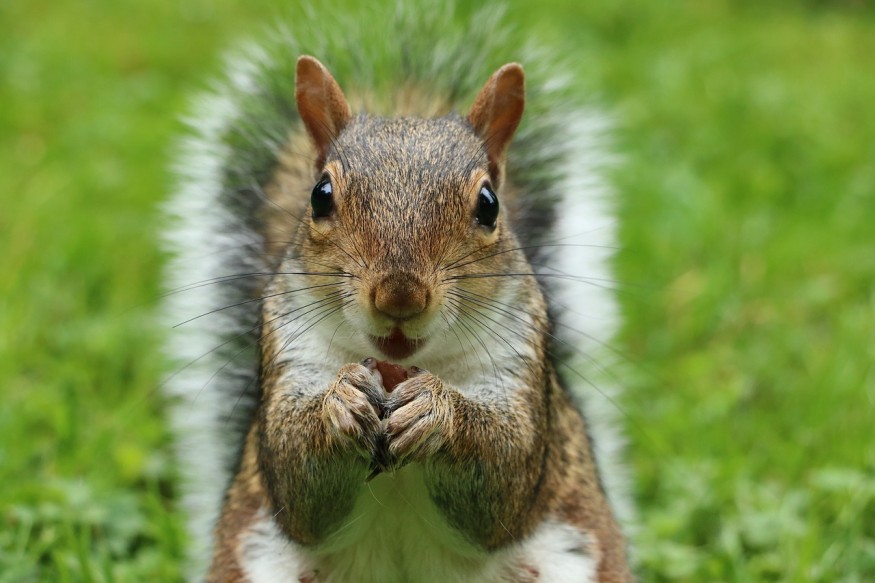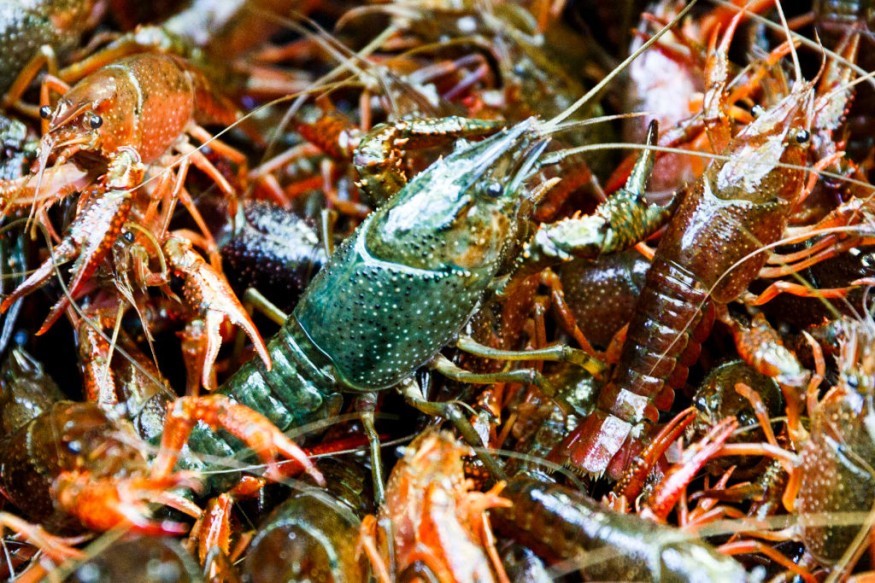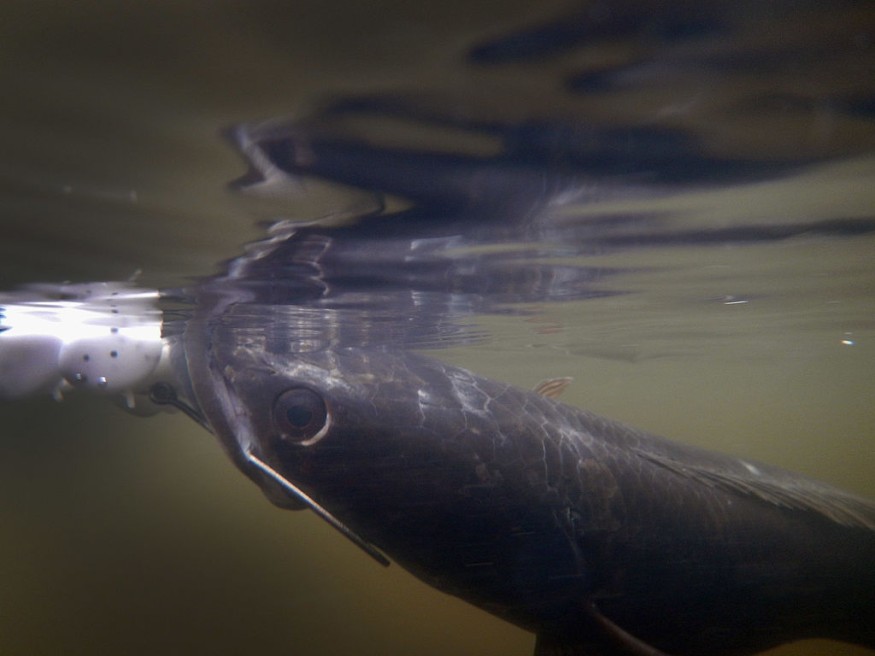Controlling the UK's invasive grey squirrel population has gotten increasingly complex, with everything from oral contraceptives to DNA editing ideas.
On the other hand, culinarians and conservationists have a considerably easier solution, which they regard as part of the ethical eating trend: eat them.

"The first thing I looked for in a grey squirrel was a flavor. But it's also good for the ecology," adds Paul Wedgwood, one of Scotland's top chefs, who has had a grey squirrel on the menu at his restaurant on Edinburgh's Royal Mile since 2008.
The North American rodent that has pushed the local extinction of the native red over most of England and Wales has even been used to make haggis by Wedgwood.
Cooking Invasive Species
Flora and animals introduced into the habitat and damage the natural ecosystem are invasive species.
Encountering invasive species to manage or diminish their populations.
Several chefs worldwide have started looking for and employing invasive species as cooking components to make a point and reduce their numbers.
The introduction of invasive species into our food, on the other hand, may lead to people growing these pests, escalating the problem.
Related Article : This is How Non-human Species Drive Others to Extinction
Invasivorism

Andrew Deines, a post-doctoral researcher at Michigan State University who researches invasive species, has been known to consume invasive garlic mustard ice cream for dessert and devour African caterpillars for breakfast.
Invasivore.org, a site managed by a collection of scientists worldwide, follows news in the field and offers expert advice on combating invasive species by eating them, is headed by Deines.
"Invasivores" is what they name themselves.
A University of Vermont conservation scientist, Joe Roman, coined "invasivorism" more than two decades ago.
"Humans, in this sense, are a type of biological control. We know that consuming predators, whether it's the grey squirrel in the UK or the European green crab in the United States, may have a negative influence on populations," he added.
Spread of Invasive Species
According to top experts, the spread of invasive species is one of the leading causes of extinction and biodiversity loss on Earth.
Although not all non-native creatures become invasive, those that do so quickly and outcompete local animals, typically owing to a lack of predators, inflicting financial and ecological harm to both humans and wildlife.
For example, the Burmese python in Florida's Everglades decimated animal populations and mice on Gough Island in the south Atlantic, where the rodents consume albatross chicks in their nests.
Invasive species are costly: a research released this week by Queen's University Belfast found that since the 1960s, they have cost £878 billion in harm throughout the world, a figure expected to rise this century.
Criticism

Despite evidence that the "eat them to defeat them" method can have the reverse impact on specific species, critics are skeptical about how efficient invasivorism can be in attaining its goals.
Traps were likely unsuccessful and helped spread the crayfish, according to a 2020 report on trapping invasive signal crayfish populations in North Yorkshire, where Britain's only native crayfish is being pushed out.
Contrary to popular belief, the survey revealed that less than 2.5% of invasive crayfish were large enough to be caught in standard traps, posing a risk to other organisms.
For the most recent updates from the animal kingdom, don't forget to follow Nature World News!
© 2025 NatureWorldNews.com All rights reserved. Do not reproduce without permission.





